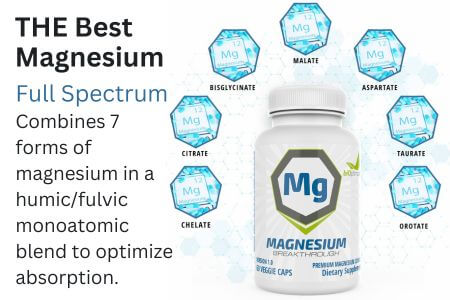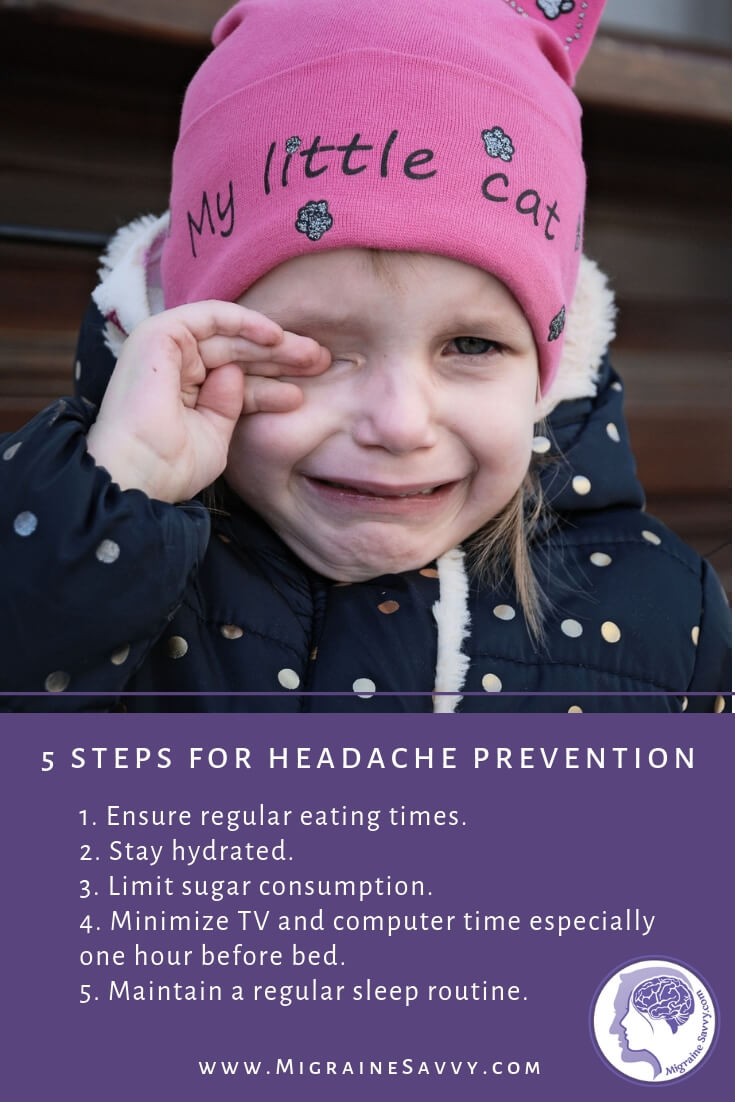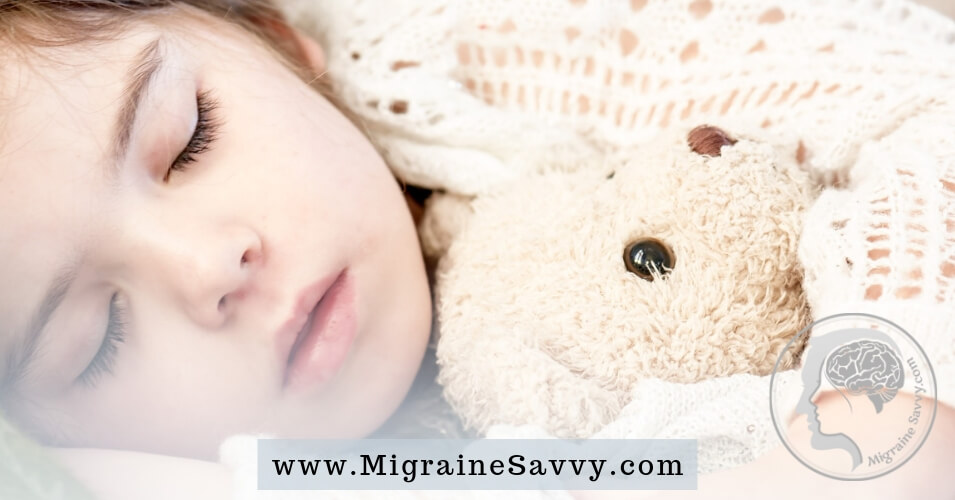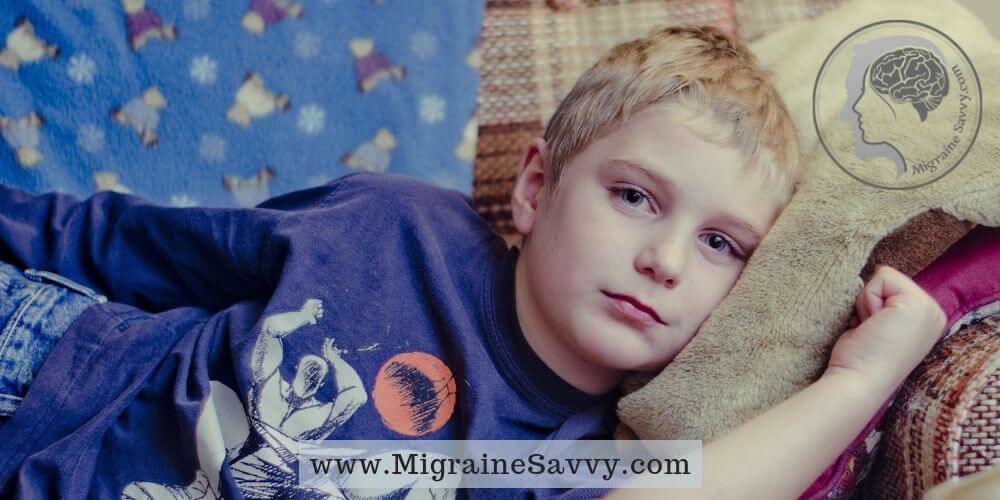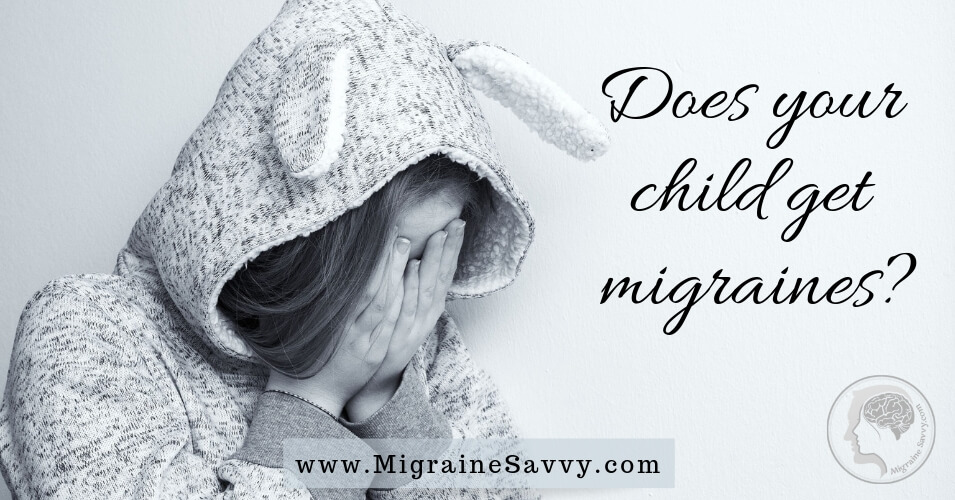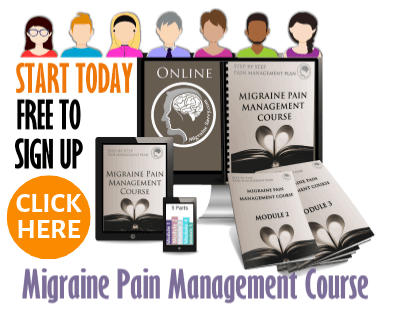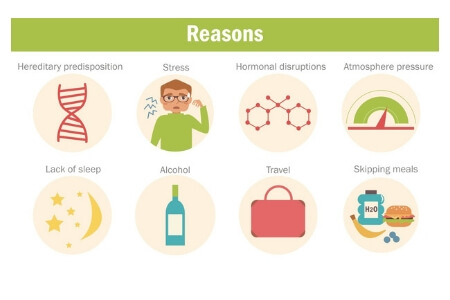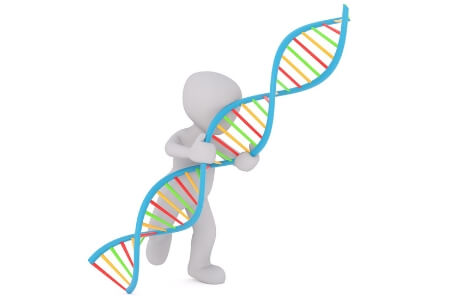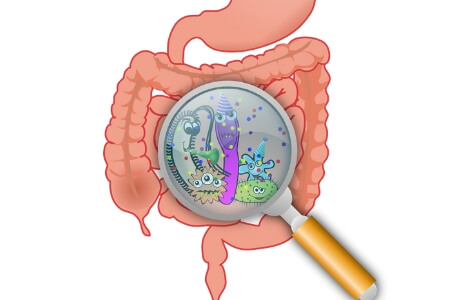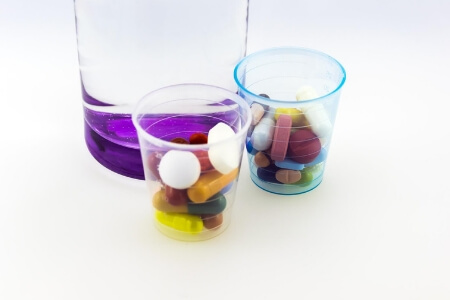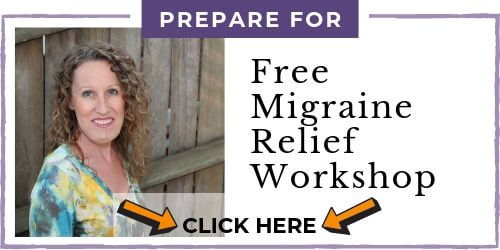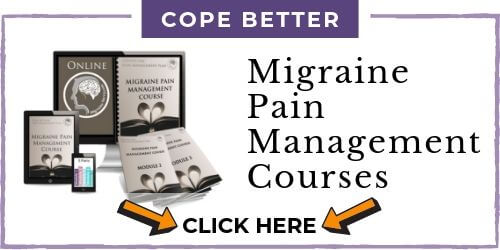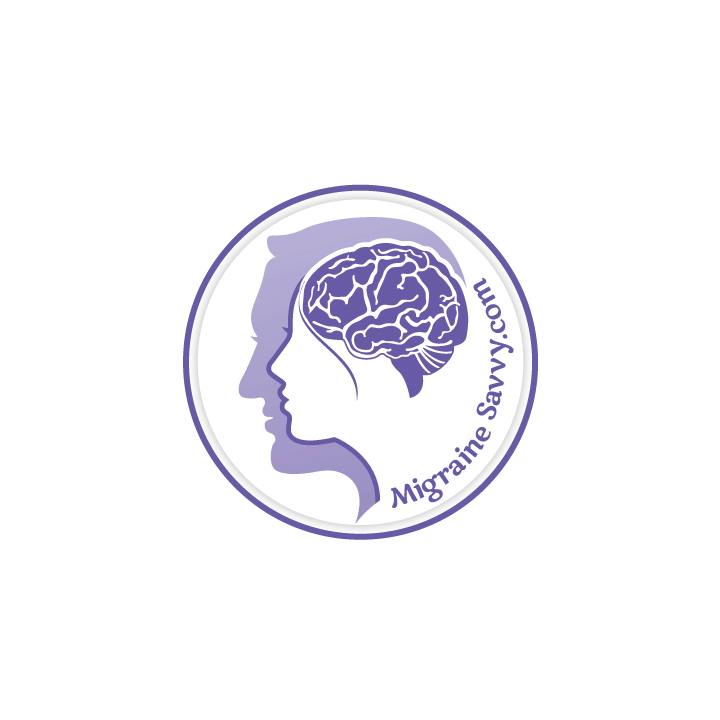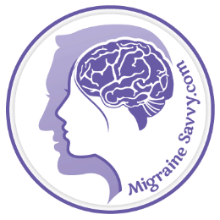COMPLETE MAGNESIUM SUPPORT
My Top Choice - Magnesium Breakthrough - The ONLY supplement with all 7 essential magnesium types in one formula. Most only have 1-2 types, leaving you deficient.
Causes of Headaches In Children: 5 Steps for More Effective Prevention
Headache Classifications | Primary Causes | Secondary Causes | Serious Signs | Causes vs Triggers | Relief | Five Steps For Prevention
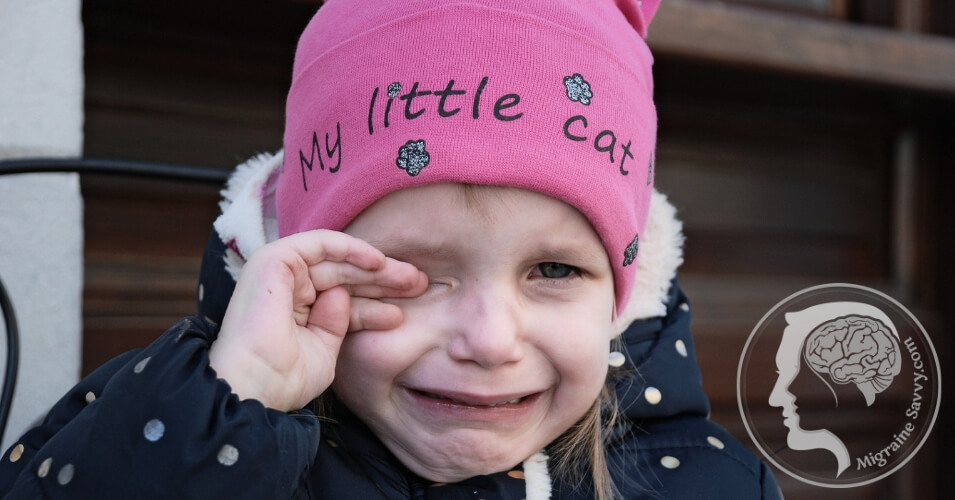 Here are the primary and secondary causes of headaches in children and 5 steps for more effective prevention @migrainesavvy
Here are the primary and secondary causes of headaches in children and 5 steps for more effective prevention @migrainesavvy
Children are affected by many different types of headaches, and they can range in severity from a mild ache to severe pain. Headaches in children cause problems in approximately 20% of all children between the ages of 5 and 17, according to The National Headache Foundation (NHF) at headaches.org. [1]
These kids and teenagers experience headaches at least 15 days per month.
This translates into approximately 10.3 million kids in the US alone.
What about other cultures, headaches do not discriminate between cultures.
These US statistics both astound and horrify me.
What are we doing about it?
Most studies say more research is needed. Using the US statistics, most children will experience at least one headache by the time they graduate high school, and the odds go up if there is a family history of neurological disease or migraines.
My #1 Choice in Magnesium Supplements
Headache Classifications
It's important to know the classifications to effectively treat the causes of headaches in children.
Migraines will occur in about one-quarter of migraine sufferers before the age of five and in about half before the age of 20. [1]
Children commonly get these types: abdominal migraines or stomach migraines. Migraines fall under the headache classification.
Headaches are thought of as primary headaches and secondary headaches.
These classifications are Primary or Benign and Secondary.
- Primary or Benign are tension headaches or migraine headaches;
- Secondary headaches are due to an identified underlying or originating from organic causes like a mild illness or viral infection. In rare cases: tumor, disease, abscess or head trauma.
Primary Causes of Headaches in Children
As I mentioned, children are affected by many different types of headaches that can range from a mild headache or stomach ache to severe pain.
Of the 20% of child headache sufferers, approximately 15% experience tension type headaches, and 5% have migraines. [1]
Here is what tension type headache symptoms look like:
- Pain will be described as a tight band around their head; usually dull; both sides of the head; front and back of the head.
- No nausea or vomiting accompanying the headache.
Migraine headache symptoms are:
- Throbbing;
- One sided;
- Blurred vision, like squinting while watching television;
- Nausea and vomiting.
I've written more about that here - Migraine Symptoms In Children: How They Differ To Adults.
Stress at school, in family dynamics, or from friends can be a trigger, so it might be necessary to talk to your child about other emotional factors that may be causing them stress or upset.
Boys are more likely than girls to have headaches (and migraines) before the age of ten (before puberty).
My #1 Choice in Magnesium Supplements
Secondary Causes of Headaches in Children
When a diagnosis is from secondary causes of headaches in children, this means a viral and bacterial infection could be the cause of the headaches. It could be from dehydration or something more serious like a tumor or intracranial bleeding.
If you suspect any other cause or if new or sudden symptoms
accompany the headache, like: fever, exhaustion and stiff neck, "your child could have meningitis or encephalitis and you should seek medical attention immediately." [4]
The doctor will do tests to rule out other more serious causes like: pressure around the brain, brain tumors, infections or blood clots.
Some other symptoms to watch for are: nausea, vomiting,
clumsiness, muscle weakness, seizures, and personality changes.
Headache Triggers To Be Aware Of
Causes of headaches in children are different to triggers.
The current theory of what causes migraines involves the blood vessels and a chemical reaction. Briefly, it's likely to happen when blood vessels in the head and neck spasm or constrict and then minutes to hours later, the blood vessels dilate. When they dilate, they get larger and fill with blood, which causes more pressure in the skull and a headache develops.
Triggers cause the reaction throwing the body off balance and into headache or migraine. Here's a list of potential triggers:
- Bad posture
- Bright lights and glare - including computers and TV screens
- Loud noises
- Eyestrain
- Hunger – skipping meals
- Food: nitrates, MSG, tyramine, nuts, dairy, preservatives, etc.
- Menstruation*
- Neck or head injury
- Prolonged muscle tension
- Poor sleep and being tired
- Heat
- Smoke and second hand smoke
- Anxiety over dreaded events – tests at school, siblings fighting, parents fighting or divorce
*And after puberty girls get more migraines than boys, so the obvious causes of headaches in children of this age are hormones.
More Serious Signs Associated with Headaches in Children
Some headaches can be serious, so if you are concerned, please see your physician asap. You and your child should see the doctor if:
- Changes in the patterns of the headaches that have been occurring for less than six months. If they seem to get worse, do not improve, or are not affected after medications or treatment.
- Other changes like an increase in intensity, severity or if the headaches become more frequent over time.
- If it wakes them from a sleep or it's worse in the morning.
- When vomiting or high fevers accompany the headache.
- Weakness, dizziness, loss of balance or fainting.
Also, as these symptoms are NOT common with headaches in children, please be aware of: numbness or paralysis, difficulty speaking
or confusion, and any personality changes. [4]
This
includes lethargy, being indifferent, apathetic, or sleeping too much. I
realize this may look like the normal teenager, so, I mean more so to
watch for personality changes linked to having a migraine episode the
next day.
My #1 Choice in Magnesium Supplements
Getting Effective Relief From The Headache
The most effective medicines for headaches in children according to Migraines for Dummies are ibuprofen or acetaminophen.
It is also recommended to be aware of any emotional side effects and or stressful factors affecting your child.
It might be necessary to talk with them about it all, or find the help of a professional school counselor or a counselor that works specifically in your child's problem area.
I can recommend getting extra support from a professional pain counselor, there should be one at their school.
Stress is one of the causes of headaches in children, so teach your child some good relaxation techniques. Here are a couple I use:
Here Are My Recommendations For Kids:
As an Amazon Associate, I earn from qualifying purchases - affiliate disclosure.
- Songs for the Inner Child: Shaina Noll (my all time favorite one)
If your child is quite young, drawing a picture of their migraine
can help you see more of their symptoms.
They will often have trouble
linking nausea or vomiting to the migraine or pain, and the throbbing
pain we are familiar with as adults is more typically dull and across
their forehead. [3]
5 Steps For More Effective Prevention
According to the National Headache Foundation (NHF) these five simple things can help reduce and avoid headaches:
#1. Keep eating times regular and form healthy habits. There is
significant research that proves that many children have fewer and less
distressing attacks after routine and a sense of regularity is
established.
#2. Stay hydrated. Dehydration can trigger headaches. So this means water, not sugary sodas or caffeinated drinks.
Water - sipped
slowly every 15 minutes is more effective than throwing down a whole
glass in one go. Homemade drinks are best where you can control the
sugar dose – lemonade from real lemons. An apple is also like having a
glass of water. Sorry, but I do not recall where I read that one!
#3. This one almost goes without saying, but, limit caffeine and sugar consumption.
#4. Keep TV watching and computer usage to a minimum, especially one hour before bed.
#5. Keep regular sleeping times and perform sleep rituals, form habits for a healthy winding down and going to sleep routine.
Stay strong,
Holly x
Related articles...
WANT MORE TIPS? Subscribe to my newsletter and follow along on Facebook and Pinterest for all of the latest updates.
MIGRAINE CAUSES Related Articles
How to be more MIGRAINE SAVVY right now...
Causes of Headaches in Children References:
1. National Headache Foundation (2011) Children experience frequent headaches [Online], Available at:
http://www.headaches.org
/blog/children-experience-frequent-headaches. Accessed Feb. 2016.
2. Stafford, D. and Shoquist, J. MD. (2003)
Migraines for Dummies. Wiley Publishing, Inc: New York. p.243.
3. Marcus, Dr. Dawn A. (2006)
10 Simple Solutions to Migraines: Recognize triggers, control symptoms and reclaim your life. New Harbinger Publications: CA. p. 14.
4. Migraine Headaches (2010) When to worry about your child’s headaches [Online], Available at: http://www.webmd.com/migraines-headaches. Updated Dec 2018.
